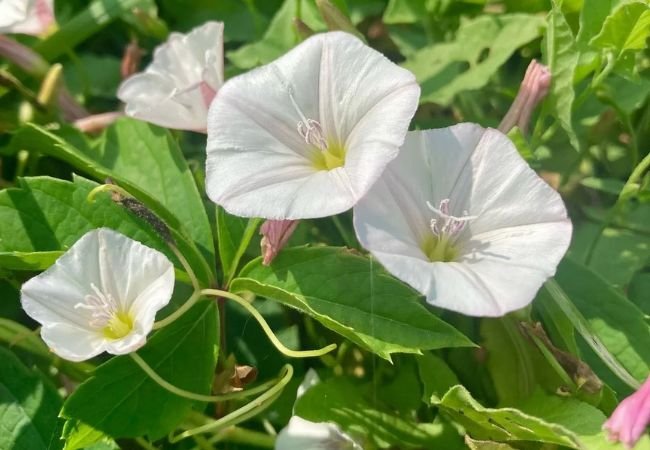The most common weeds in Kansas gardens include dandelions, crabgrass, bindweed, henbit and chickweed. These persistent plants thrive in various conditions and can quickly overtake garden spaces if not managed properly. Effective control methods include regular pulling, mulching and targeted herbicide use when necessary.
As a horticulturist with extensive experience in Midwestern gardening, I’m here to guide you through identifying and managing the most common weeds you’ll encounter in Kansas gardens. Understanding these persistent plants is the first step in maintaining a healthy and vibrant garden.
1. Dandelion (Taraxacum officinale)

Identification
- Yellow flower heads
- Deeply toothed leaves in a rosette pattern
- Long taproot
Control Methods
- Hand pulling, ensuring removal of entire taproot
- Spot treatment with herbicides containing 2,4-D
For more information on dandelion control, visit the K-State Research and Extension page on dandelions.
2. Crabgrass (Digitaria spp.)
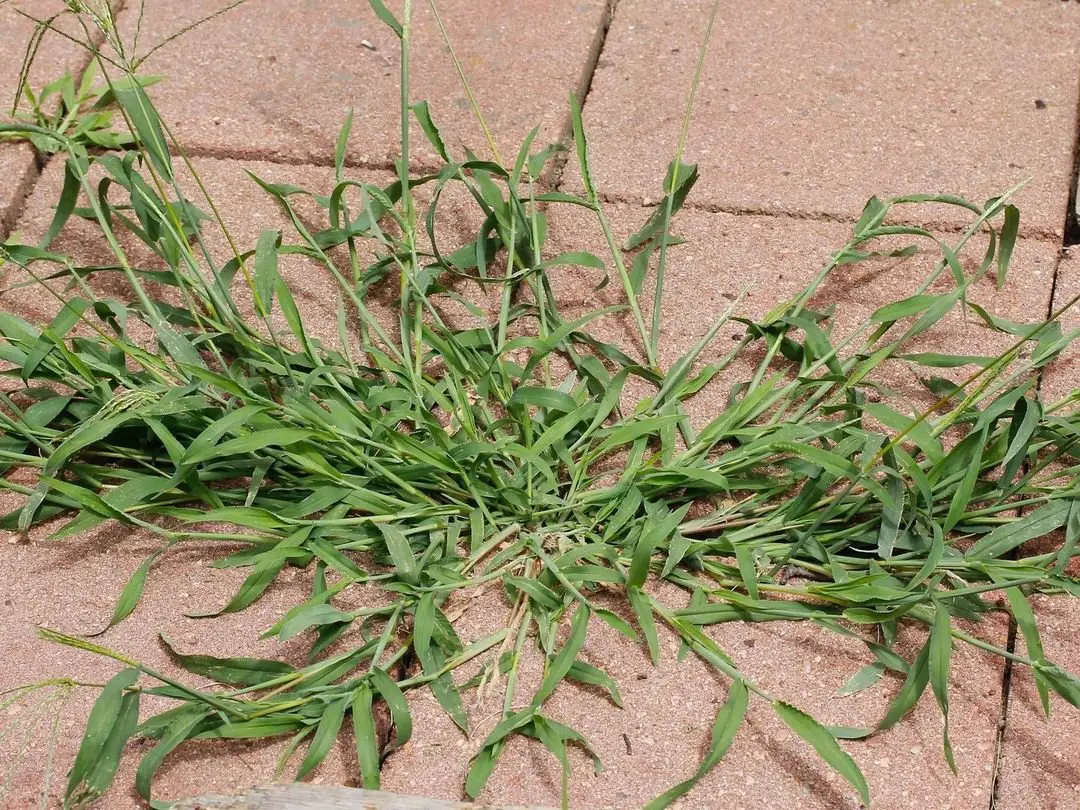
Identification
- Low-growing grass with spreading stems
- Leaves are wider and lighter green than lawn grass
Control Methods
- Pre-emergent herbicides in early spring
- Maintaining a dense, healthy lawn to prevent establishment
Learn more about crabgrass management from the University of Missouri Extension.
3. Field Bindweed (Convolvulus arvensis)
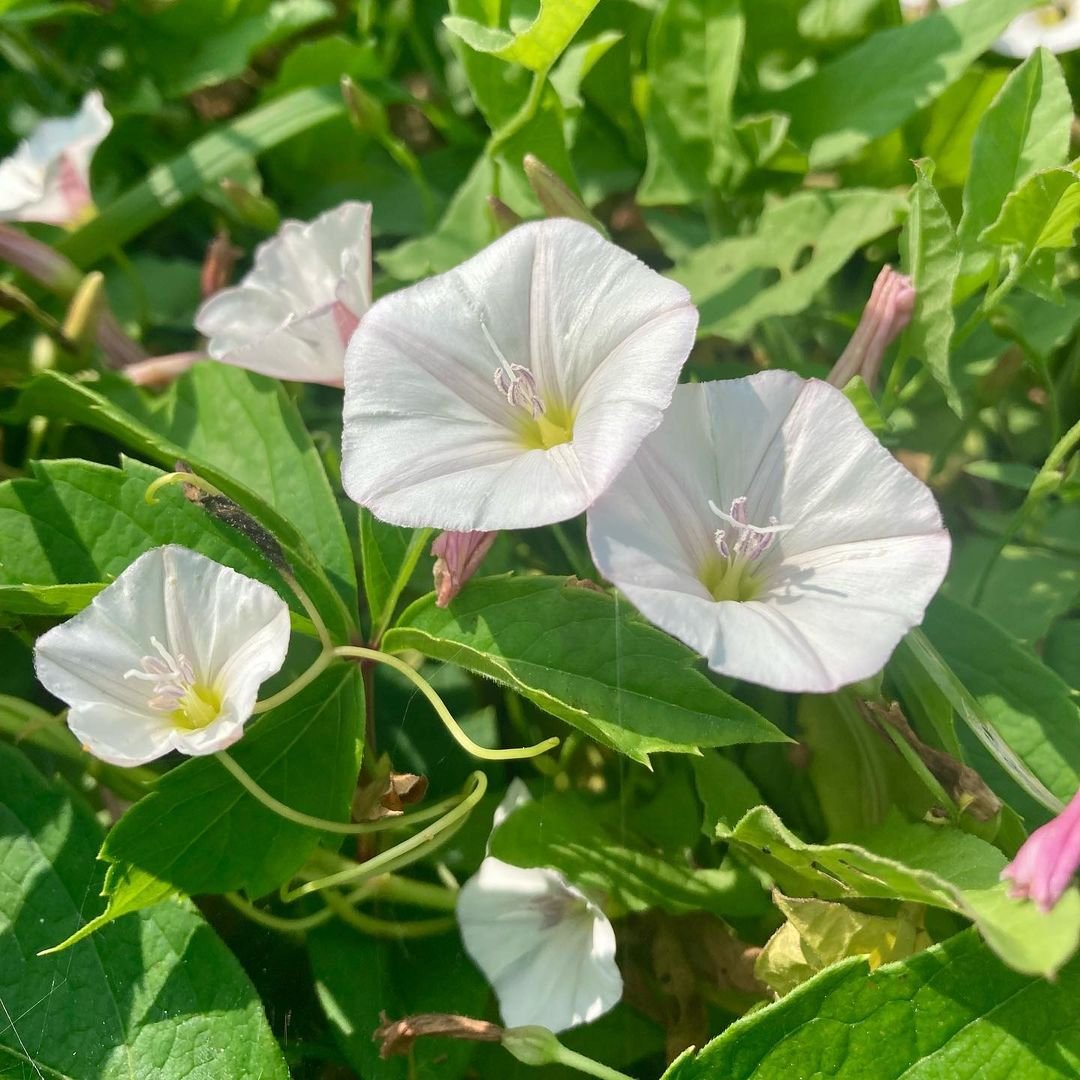
Identification
- Vining plant with arrow-shaped leaves
- White to pink funnel-shaped flowers
Control Methods
- Persistent removal of above-ground growth to deplete root reserves
- Systemic herbicides for severe infestations
For detailed control strategies, check the Kansas State University’s guide on bindweed control.
4. Henbit (Lamium amplexicaule)
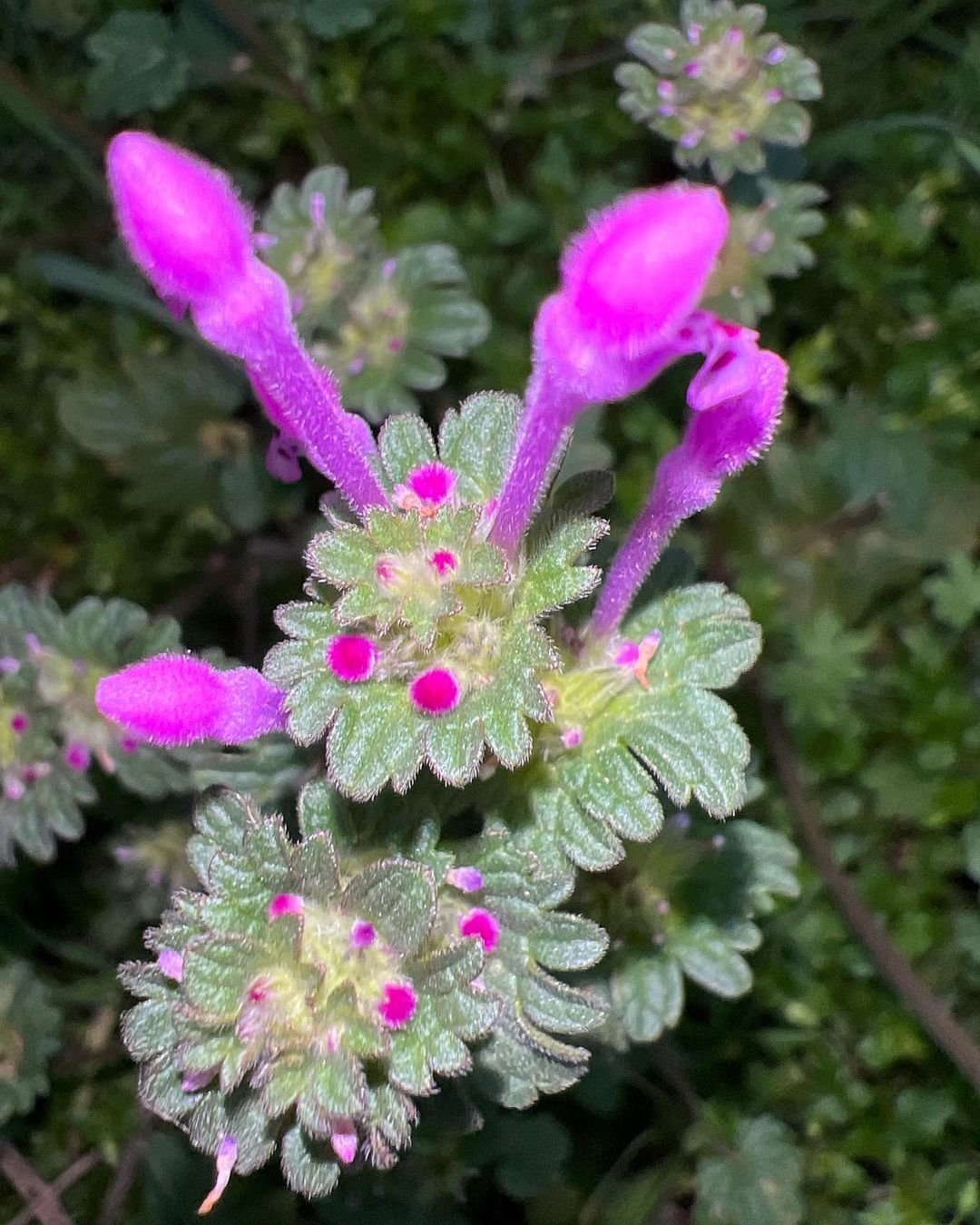
Identification
- Small, square stems with rounded, scalloped leaves
- Purple flowers in spring
Control Methods
- Hand pulling before seed production
- Pre-emergent herbicides in late summer/early fall
5. Common Chickweed (Stellaria media)
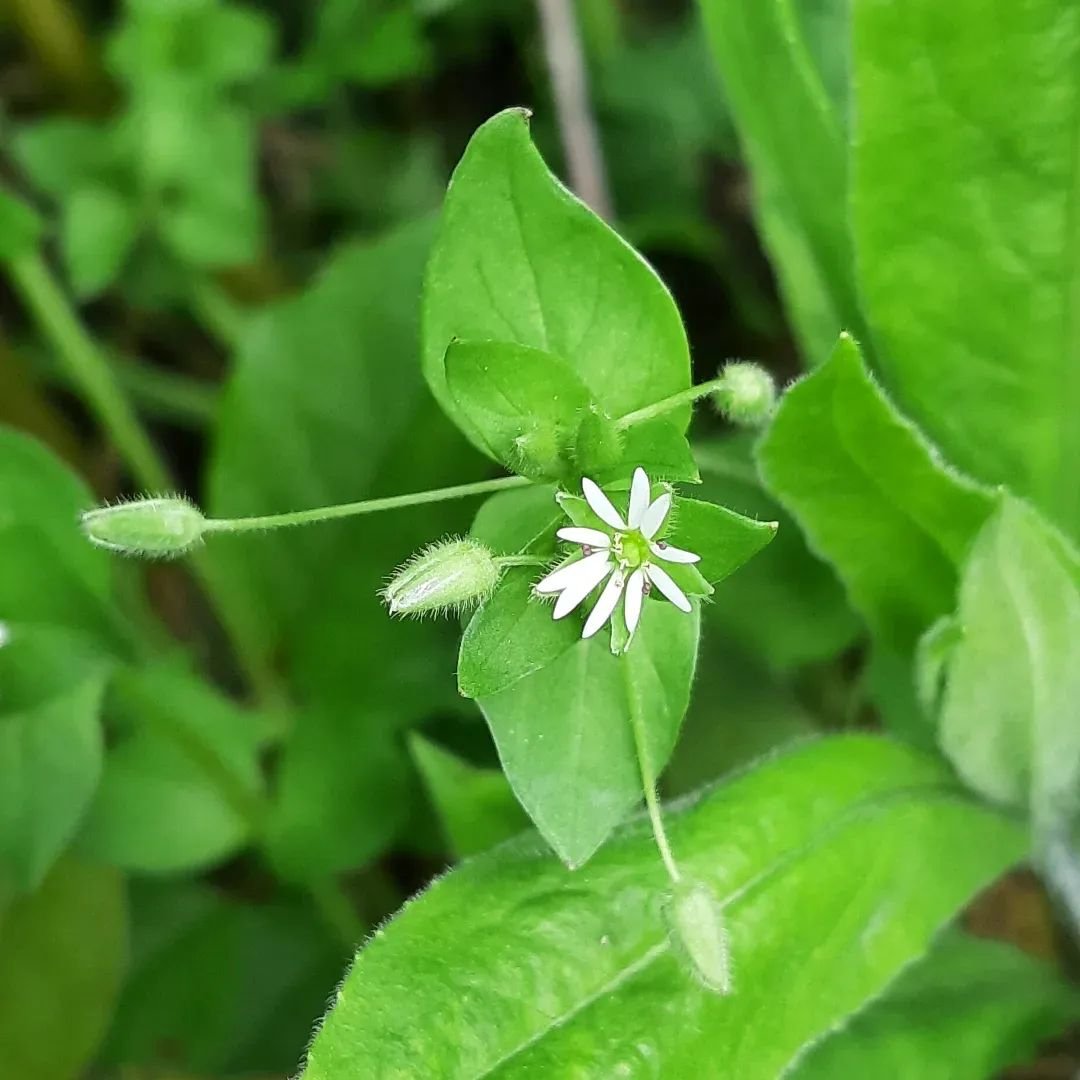
Identification
- Low-growing with small, oval leaves
- Tiny white flowers
Control Methods
- Mulching to prevent seed germination
- Hand pulling or hoeing young plants
6. Broadleaf Plantain (Plantago major)
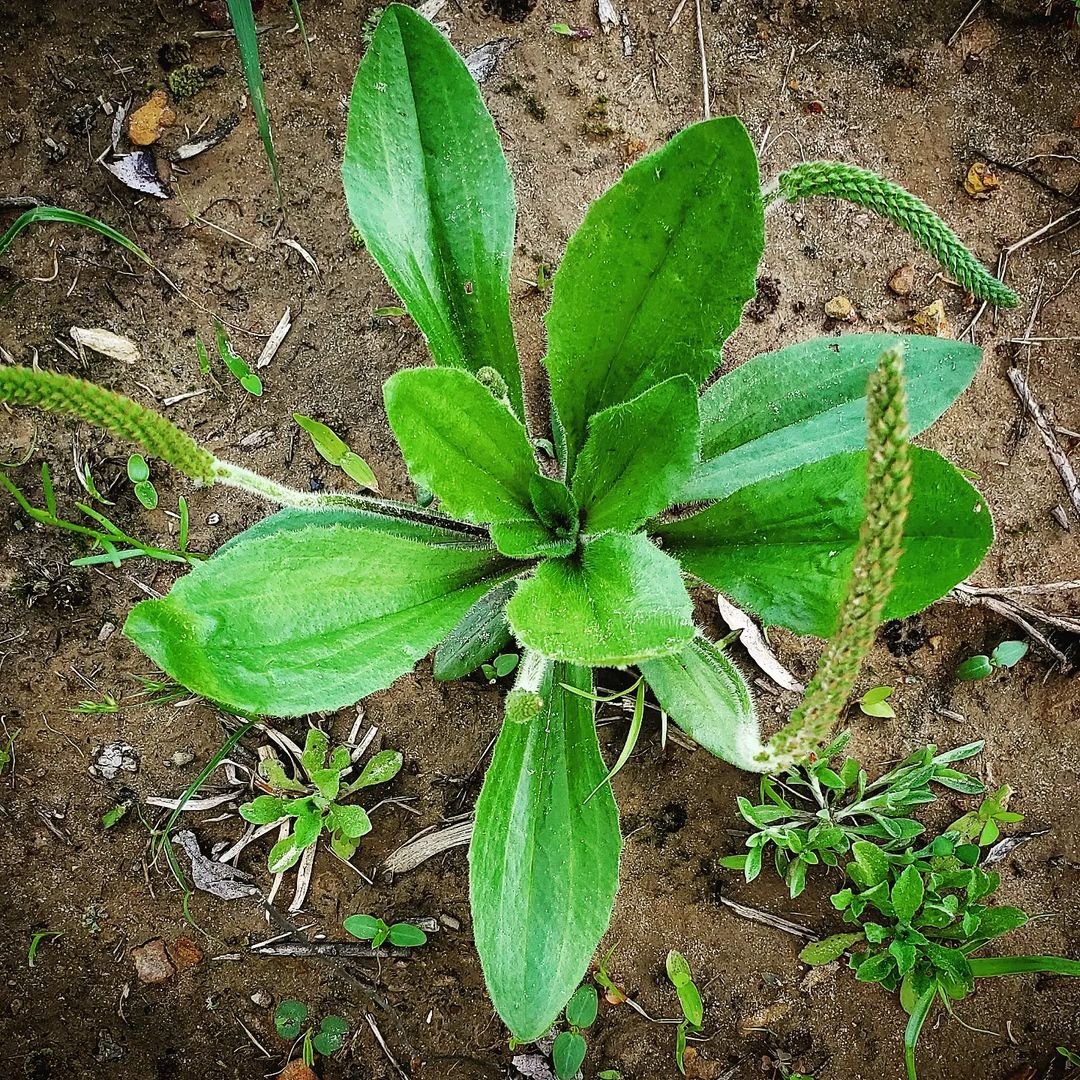
Identification
- Rosette of broad, oval leaves
- Tall flower spikes
Control Methods
- Hand pulling or digging out entire plant
- Broadleaf herbicides when necessary
7. Purslane (Portulaca oleracea)

Identification
- Succulent leaves and stems
- Yellow flowers
Control Methods
- Hand pulling before seed production
- Mulching to prevent germination
8. Foxtail (Setaria spp.)
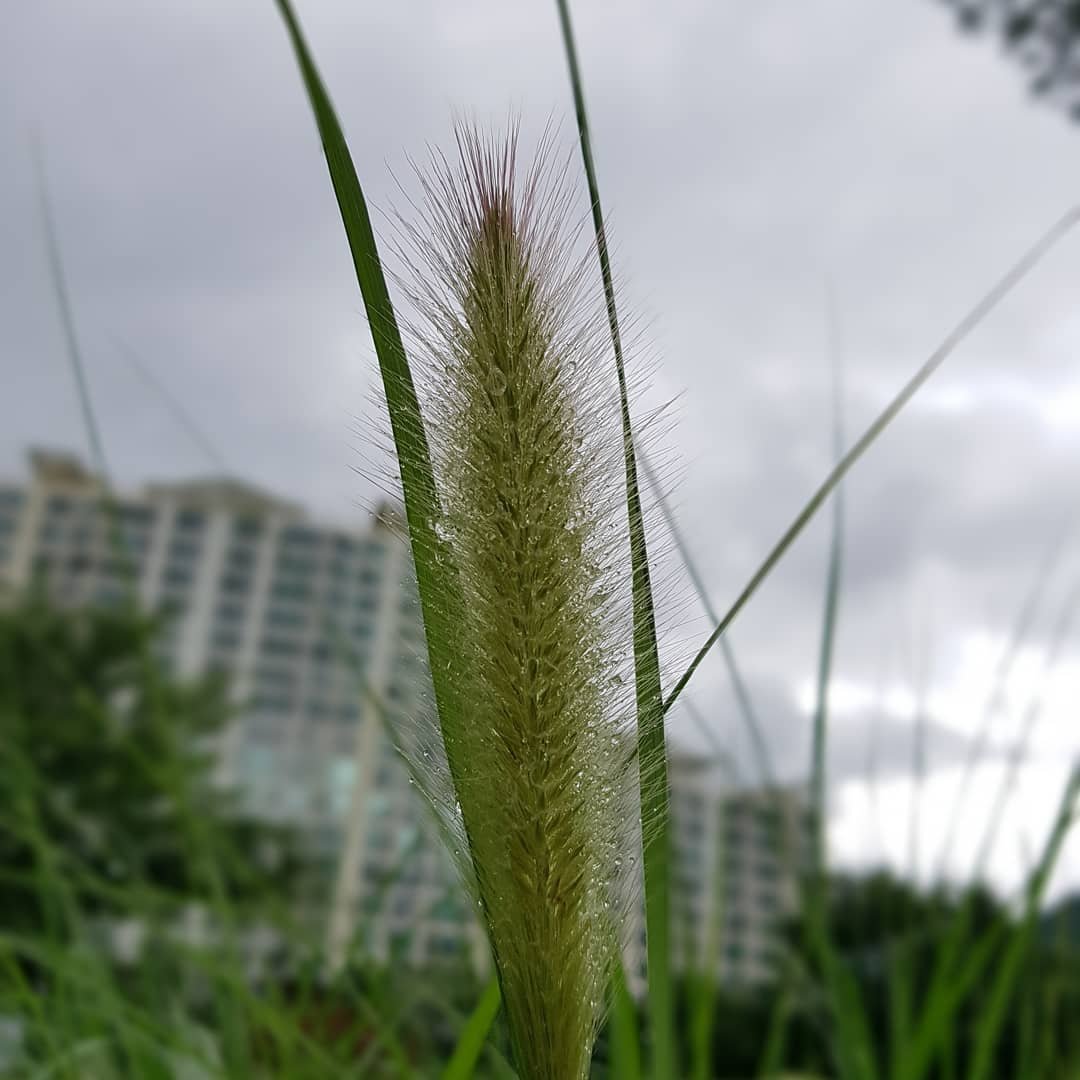
Identification
- Grass with bristly seed heads
- Grows in clumps
Control Methods
- Pre-emergent herbicides in spring
- Mowing to prevent seed production
9. Ground Ivy (Glechoma hederacea)
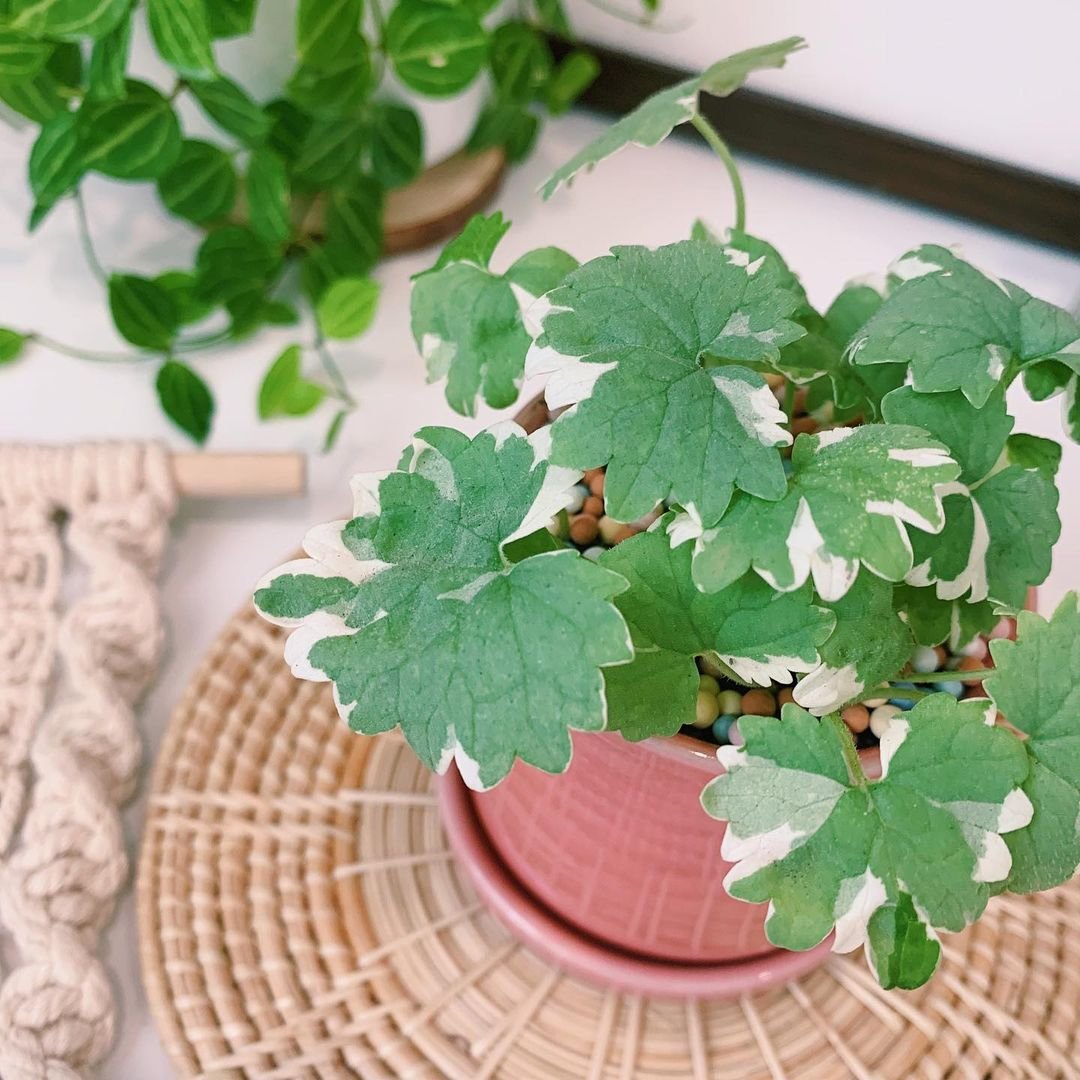
Identification
- Creeping plant with scalloped leaves
- Small purple flowers
Control Methods
- Hand pulling or raking
- Herbicides containing triclopyr
10. Yellow Nutsedge (Cyperus esculentus)
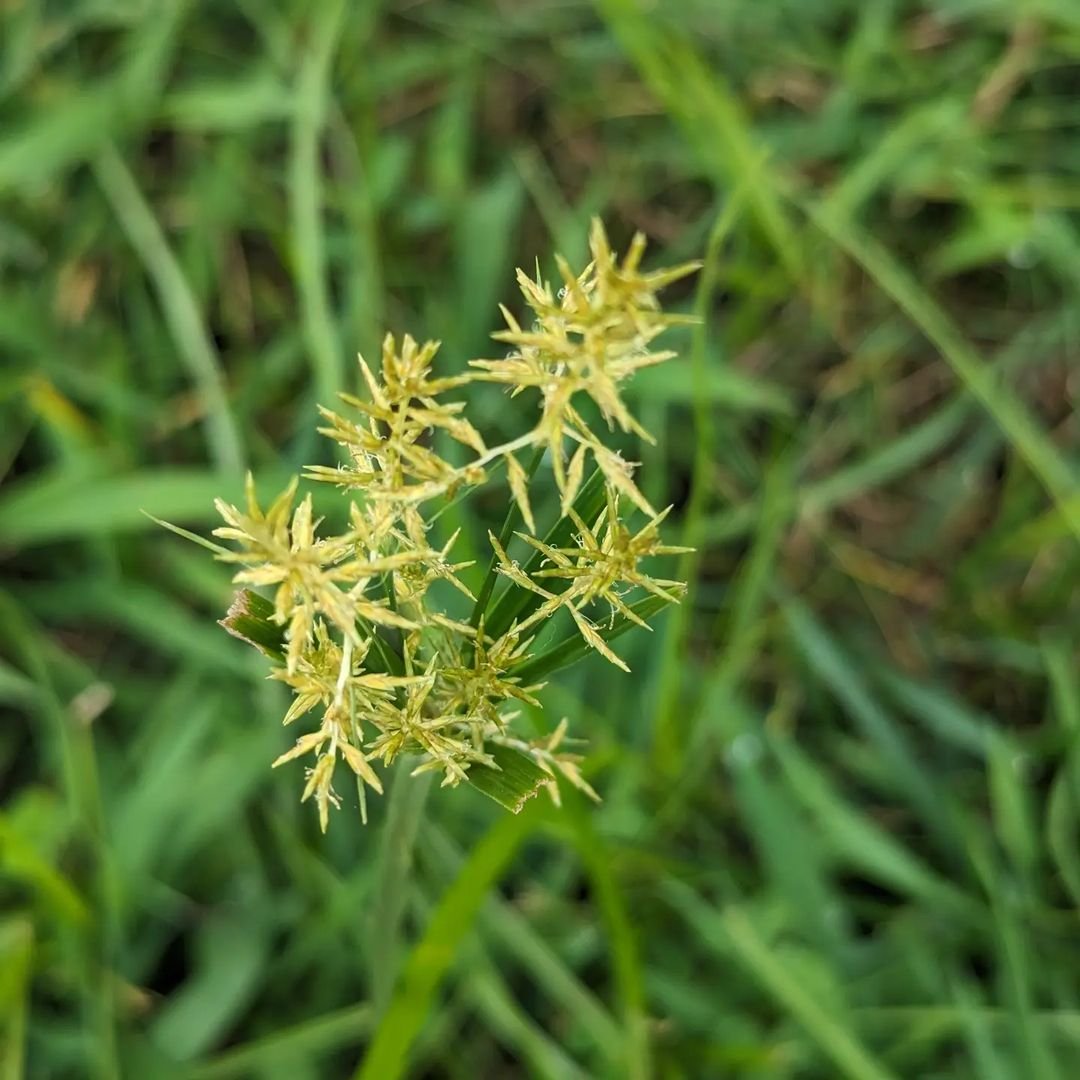
Identification
- Grass-like with triangular stems
- Yellow-brown flower clusters
Control Methods
- Hand pulling, removing all tubers
- Herbicides specifically for nutsedge control
For comprehensive weed identification and control information, visit the K-State Research and Extension Weed Management page.
Integrated Weed Management Strategies
Cultural Control
- Maintain healthy lawns and gardens to outcompete weeds
- Use mulch in garden beds to suppress weed growth
Mechanical Control
- Regular hand pulling or hoeing
- Mowing to prevent seed production
Chemical Control
- Use herbicides as a last resort
- Choose products specific to the weed and follow label instructions carefully
For more on integrated weed management, check out the University of Nebraska-Lincoln’s Extension resources.
Managing weeds in Kansas gardens requires vigilance, persistence, and a combination of control methods. By identifying weeds early and implementing appropriate control strategies, you can maintain a beautiful and productive garden. Remember, the key to effective weed management is prevention and early intervention. Happy gardening!
For more gardening tips specific to Kansas, visit the K-State Research and Extension Horticulture page.
For more gardening tips and plant care guides, visit usagardenhub.com.

